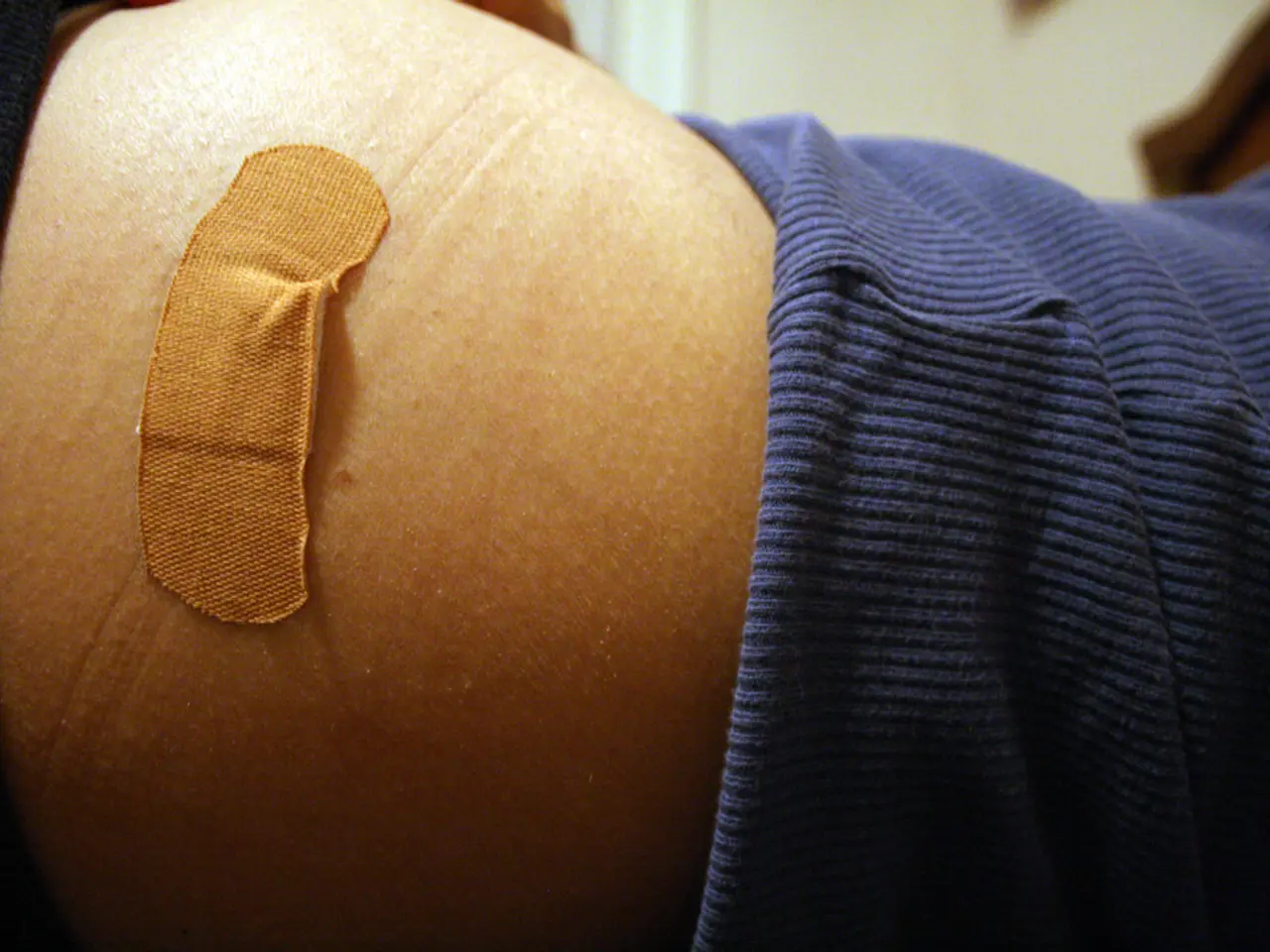Implanting Left Ventricular Assist Devices (LVADs): Guide, Potential Hazards, and Additional Details
In the world of medical technology, Left Ventricular Assist Devices (LVADs) are making a significant impact on the lives of those suffering from end-stage heart failure. These devices serve as mechanical circulatory support for patients who have not responded to conventional treatments.
LVADs are designed to improve the efficiency of the heart and the function of other organs, such as the kidneys. They work by pumping blood from the heart's left ventricle to the aorta, aided by a pump attached to a tube, a power source, and a control unit.
The implantation of an LVAD is a major surgery, typically taking 4-8 hours. It is indicated for patients with severe heart failure symptoms despite optimal medical therapy, demonstrating significant impairment of cardiac output and functional capacity. LVADs can help improve survival, exercise tolerance, reduction in heart failure symptoms, and quality of life.
For those awaiting a heart transplant, an LVAD can serve as a "bridge to transplant." However, for those who do not meet transplant requirements or where a transplant is unavailable, an LVAD may be a "destination" treatment. In some cases, an LVAD may be used as a "bridge to recovery" until the heart regains its normal function.
However, an LVAD is not without risks. Potential complications include bleeding of the gut or brain, clotting, stroke, infection, dysfunction of the heart's right side, and hemolysis. It is crucial to discuss the risks and benefits of the procedure with the medical team and to follow the doctors' instructions carefully after the surgery.
A person with an LVAD may need to take blood thinners and aspirin in the long term to prevent complications. Showering with a shower bag is allowed, but swimming is not, to prevent the device from getting wet. If an infection develops, it may be necessary to remove the device, which can be life-threatening. If the LVAD malfunctions after leaving the hospital, immediate medical care should be sought to prevent complications.
After leaving the hospital, it is important for the person to attend a cardiac rehabilitation program to strengthen the heart. Recovery from the surgery usually takes place in an intensive care unit for 3-5 days, followed by a hospital ward for 2-3 weeks.
Researchers are exploring ways to implant the device to minimize disruption to daily life after the procedure. An LVAD can improve survival rates, allow people to walk longer distances, and improve their quality of life and emotional state one year after the procedure. After recovering from the surgery, a person can return to daily activities such as exercising, working, traveling, and driving.
In conclusion, LVADs offer a promising solution for those with end-stage heart failure who have not responded to conventional treatments. However, it is important to understand the risks and benefits, follow medical advice, and take proper care of the device to ensure the best possible outcome.
[1] Reference for LVAD indications and benefits [2] Reference for LVAD complications [3] Reference for LVAD use during high-risk cardiac procedures
- The use of Left Ventricular Assist Devices (LVADs) in medical technology significantly contributes to the field of science, providing mechanical support for heart failure patients and contributing to advancements in health-and-wellness, specifically cardiovascular health.
- Employing LVADs can improve a patient's quality of life by offering relief from medical-conditions such as end-stage heart failure, enhancing their ability to perform daily activities, and contributing to the progress of health-and-wellness and scientific research in medical-devices.




